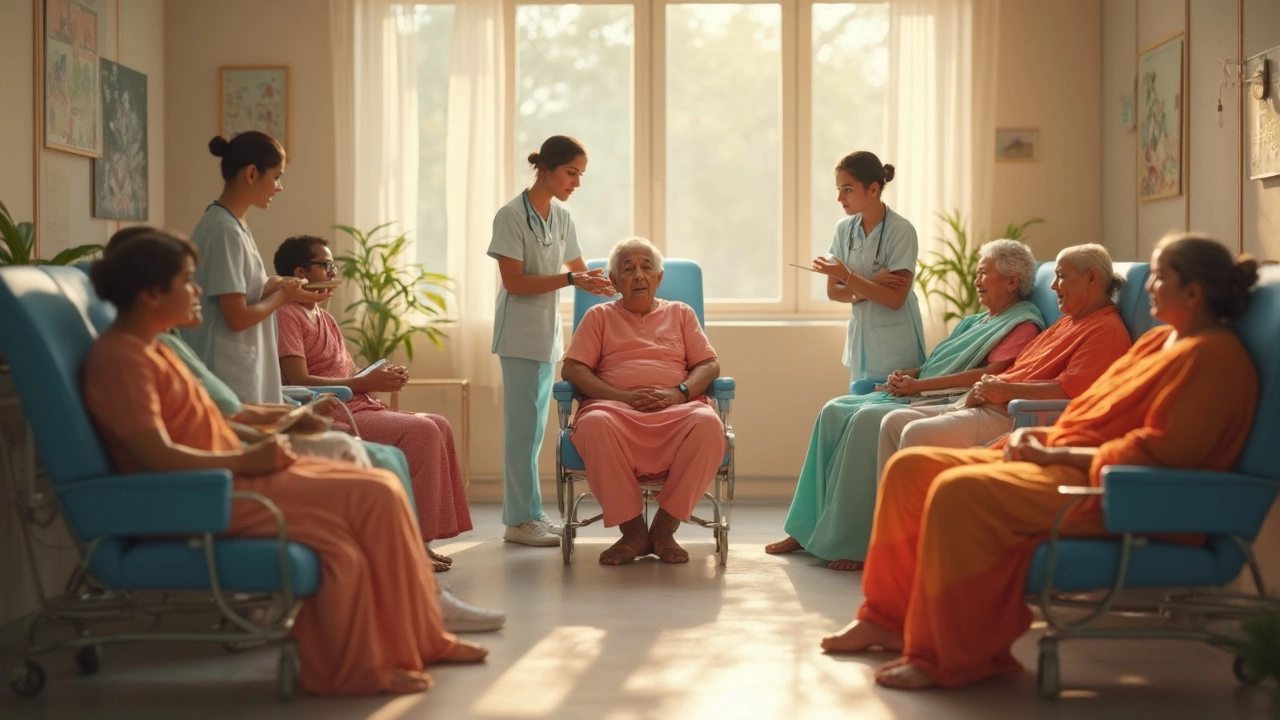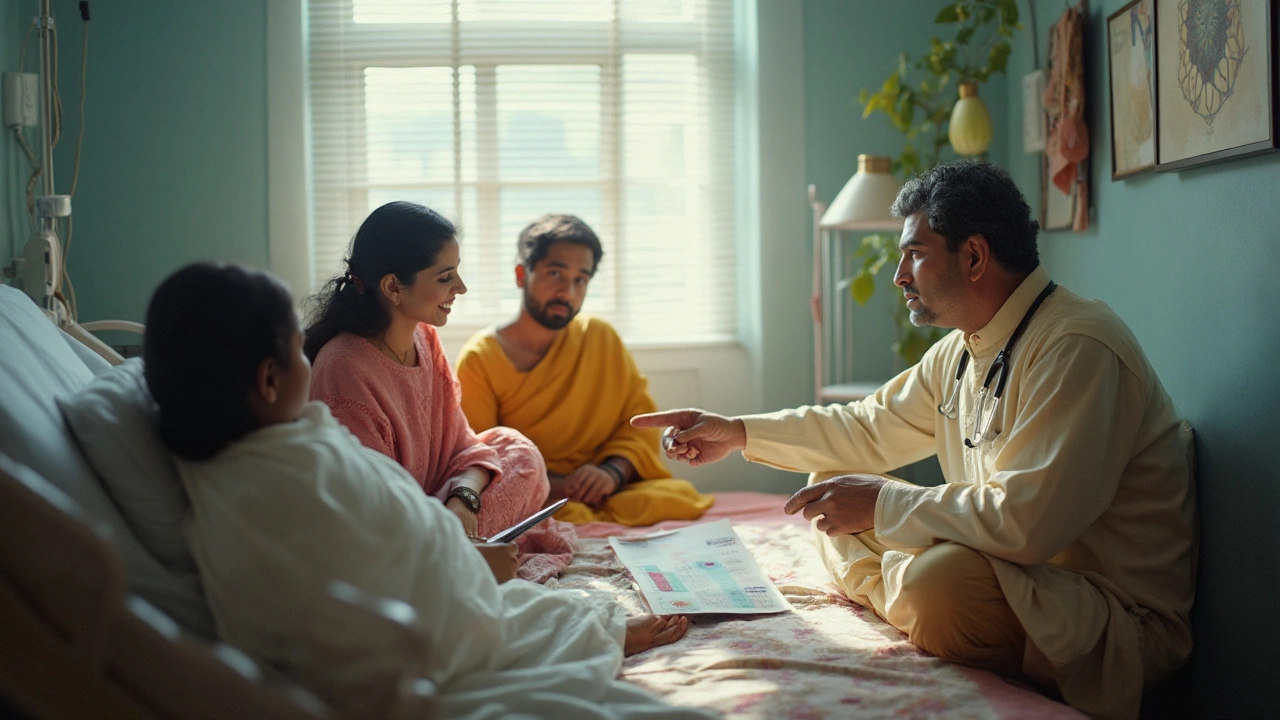Oncology Insights: Real‑World Cancer Info You Can Use Today
Whether you’re a patient, caregiver, or just curious, the world of oncology can feel overwhelming. That’s why we’ve gathered the most useful articles on cancer pain, deadly types, survival odds, and what to expect in the final months. No jargon, just straight‑forward advice you can act on.
Painful Cancer Treatments You Should Know
Chemotherapy isn’t the only therapy that hurts. Radiation, bone‑marrow transplants, and certain targeted drugs can cause intense side effects. Knowing which treatments are the most painful helps you prepare mental and physical coping strategies. For example, high‑dose chemotherapy often leads to severe nausea and fatigue, so having anti‑nausea meds on hand and a solid support network can make a big difference.
Radiation therapy can scar healthy tissue, causing skin burns or mouth sores when the head and neck area is treated. Gentle mouth rinses, soft foods, and keeping the skin moisturized can lessen the sting. Bone‑marrow transplants bring a wave of sore throat, weakness, and low blood counts—staying hydrated and following infection‑prevention tips is crucial.
Targeted therapies like immunotherapy may trigger flu‑like symptoms, joint pain, or skin rashes. If you notice these early, talk to your oncologist about dose adjustments or supportive medicines. The key is not to ignore pain; early management prevents it from spiraling into chronic issues.
Understanding Cancer Survival and End‑Stage Care
Survival rates vary wildly by cancer type. Lung, pancreatic, and glioblastoma rank among the deadliest, with five‑year survival often below 20 %. Early detection, however, can boost odds dramatically. Regular screenings for breast, cervical, and colorectal cancers catch problems before they spread, giving patients a real chance at cure.
On the other end, cancers like thyroid, testicular, and prostate have some of the highest cure rates—especially when caught early. If you or a loved one face a diagnosis, ask the doctor about specific survival statistics for that stage and subtype. Personalized numbers are far more useful than vague “high‑risk” labels.
When cancer reaches the last six months, the focus shifts from aggressive treatment to comfort. Symptoms like increasing pain, fatigue, and appetite loss are normal. Palliative care teams can manage pain, control nausea, and provide emotional support for both patients and families. Simple steps—like keeping a favorite blanket nearby, arranging visits from loved ones, and discussing wishes early—make this phase more dignified.
Preparing for end‑of‑life doesn’t mean giving up hope. It means choosing quality over quantity when the disease no longer responds to curative therapy. Talk openly with doctors about advanced directives, hospice options, and what symptoms need the most attention.
Our oncology tag pulls together these essential topics so you can navigate cancer with confidence. Bookmark the page, revisit when new questions arise, and remember that informed decisions are the best defense against fear.

Is 4 Rounds of Chemo a Lot? Understanding Chemo Treatments and What to Expect
Explore what 4 rounds of chemotherapy really means, how it compares to other treatment plans, and tips to manage side effects—explained in plain language.

Can Chemotherapy Cure Stage 4 Cancer?
Chemotherapy for stage 4 cancer is a complex and evolving topic in oncology. While it is often used to alleviate symptoms and prolong life, complete cures are rare. Advances in medicine continue to improve outcomes, and each case is unique. Understanding options and ongoing research is essential for patients and their families.

Understanding Uncurable Cancers: Insights and Advances
Discover the types of cancers for which current medical science offers no definitive cure. Explore the complexities that make some cancers difficult to treat successfully, and learn about emerging research that aims to turn the tide. This dive into oncology highlights the hope and challenges faced by both doctors and patients. A pragmatic look at the steps being taken toward a future with fewer untreatable cancers.

How Long Do Dental Implants Really Last?
Mar, 11 2025

Can Chemotherapy Cure Stage 4 Cancer?
Nov, 24 2024

Why Medical Tourism Sparks Heated Debates
Feb, 14 2025

